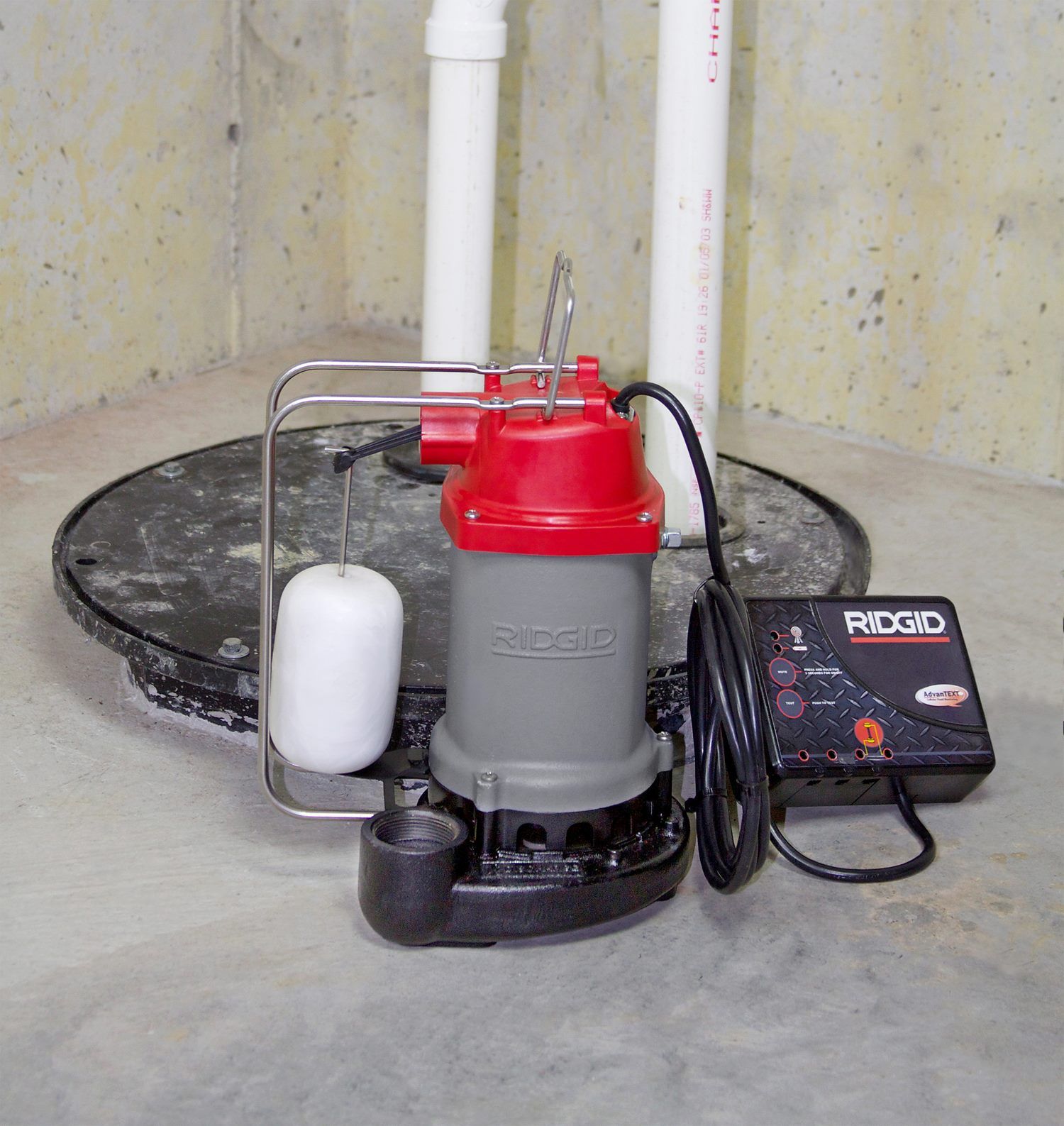Sumps Pumps Salinas, California

What Are the Benefits of Installing Sump Pumps?
Sump pumps Salinas, CA play an important role in many homes and are considered a vital part of flood insurance. A sump pump (or submersible sump pump) is specifically designed to pump water out of a basement, usually in the event of a flood or other type of water emergency. Homeowners may be familiar with sump pumps on the market in the wider context of preventing basement floods in the case of extreme rain, high water levels in low-lying sections of land, or other various reasons. However, sump pumps are also used in instances when large amounts of water are pumped from underground, such as following a major flood. Installing a sump pump in your home can be a complicated and detailed job. For professional installation services, visit our homepage.
Unfortunately, sump pumps are often not detected for several days following an event, making it necessary for homeowners to perform preventative maintenance in order to keep mold growth and odors to a minimum. Mold and mildew growth in basements occurs when damp conditions create a warm, breeding environment for mold and mildew. This type of environment is ideal for the growth of black mold, which if left unchecked will quickly spread throughout the home and start to produce toxins that can damage the air, furnishings, and health of family members.
The most common example of this type of basement situation is a flooded basement that has no access to outside water sources. In situations like these, sump pumps are usually needed in order to prevent water from rising back up into the living spaces of the home. Sump pumps are installed either inside a pit or directly into an area where excess water is stored. The primary component of the sump pump, an inlet pipe, is connected to the sump pit via a discharge pipe. The discharge pipe then carries excess water away from the house.

Contact Us
What are the Advantages of having a Sump Pump?
There are several advantages to sump pump installation. First, sump pit excavations allow for larger amounts of water to be handled without putting unnecessary stress on the floor. Second, the pit serves as additional floor space, offering homeowners additional space for storage and non-occupancy. Finally, the sump pump installation minimizes the amount of water that seeps into the basement.
Sump pumps are sometimes hidden under walls, making it difficult to spot them without proper lighting and access. One of the best ways to find a sump pump installation spot is to look for the lowest part of the wall. Often, this is above where the main sewer pipe enters the house. For basement walls with no upper limit, a sump pump and plumbing line can be buried in the soil for most of the digging work.
Although sump pumps are primarily intended for eliminating flooding in homes, they can also prevent mold and mildew from developing in your home if they are properly installed. In most cases, a basement subfloor is damp and warm, providing the perfect growing environment for mold and mildew. Underground water pressure often causes basement walls to dampen and trap heat, leaving mold and mildew in areas of the walls that are not properly ventilated. By installing a sump pump in the lowest part of a wall, excess moisture can be removed from the living space, reducing the chance for mold and mildew to form. Some sump pumps even incorporate anti-microbial protection to further reduce the chances of mold and mildew growing in your home.
The other advantage sump pumps have over pedestal or submersible pumps is their ability to automatically detect elevated water levels. This allows them to run more efficiently during periods where there is little water in a sump basin. Because they run at full capacity all the time, sump pumps do not waste electricity or heat. They are also environmentally safer than pedestal or submersible pumps because they do not require power or chemicals to operate.
There are many benefits to installing sump pumps and most basements are better served by them. Many older basements may not have the proper structural support to accommodate either a sewage pump or a sump pump. Even when your bathroom is above ground, you still want to take precautions against flooding. In instances where you have to deal with older homes that may have never had a sewer line installed, installing a sump pump can significantly reduce your risk of flooding and make your bathroom much more comfortable and dry. For professional assistance , you can reach out to experts who can guide you through the installation process and ensure everything is set up correctly.
For more tips and in-depth guides on drainage solutions, be sure to check out
our blog.
FAQ's
What is a sump pump, and how does it protect my basement?
A sump pump is a device installed in the lowest part of your basement or crawl space to pump out excess water, preventing basement flooding and foundation problems.
How often should a sump pump be inspected?
Sump pumps should be inspected at least once a year to ensure they are functioning properly, especially before the rainy season to prevent water damage.
Can a sump pump be part of a basement waterproofing system?
Yes, sump pumps are a critical part of any effective basement waterproofing system. They help remove excess water before it can seep into your foundation and cause damage.
How do I know if my sump pump needs repair?
If your sump pump makes unusual noises, cycles on and off frequently, or fails to remove water, it may need repair. Foundation repair contractors can assess its condition.
Can a sump pump help with foundation waterproofing?
Absolutely. By keeping water out of your basement or crawl space, a sump pump contributes to foundation waterproofing and helps maintain the structural integrity of your home.
